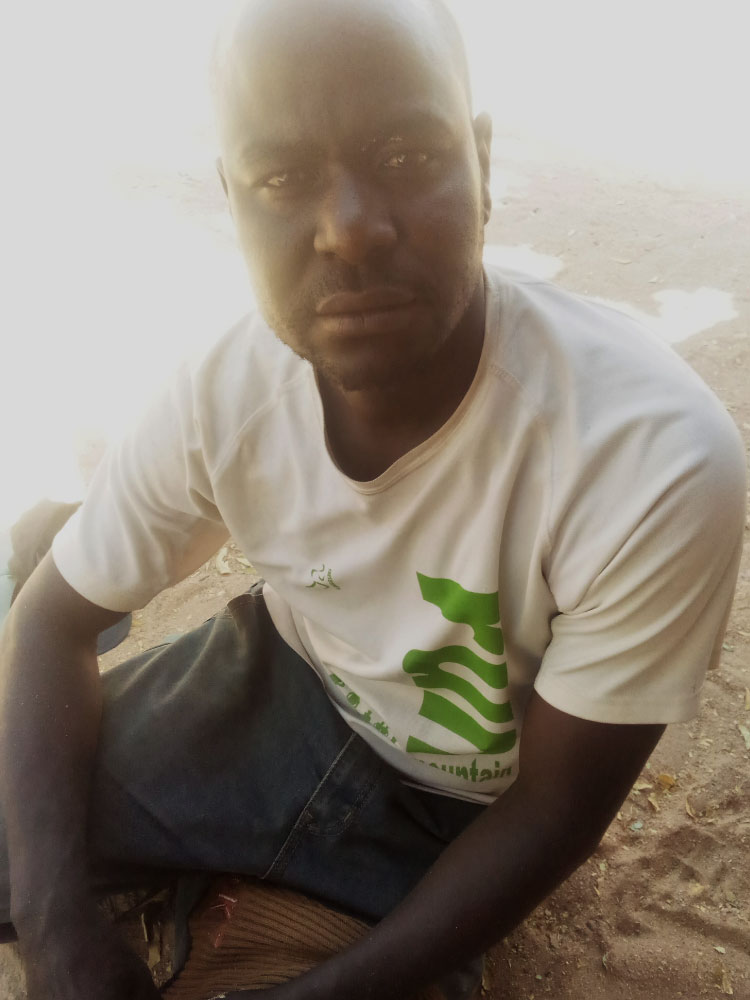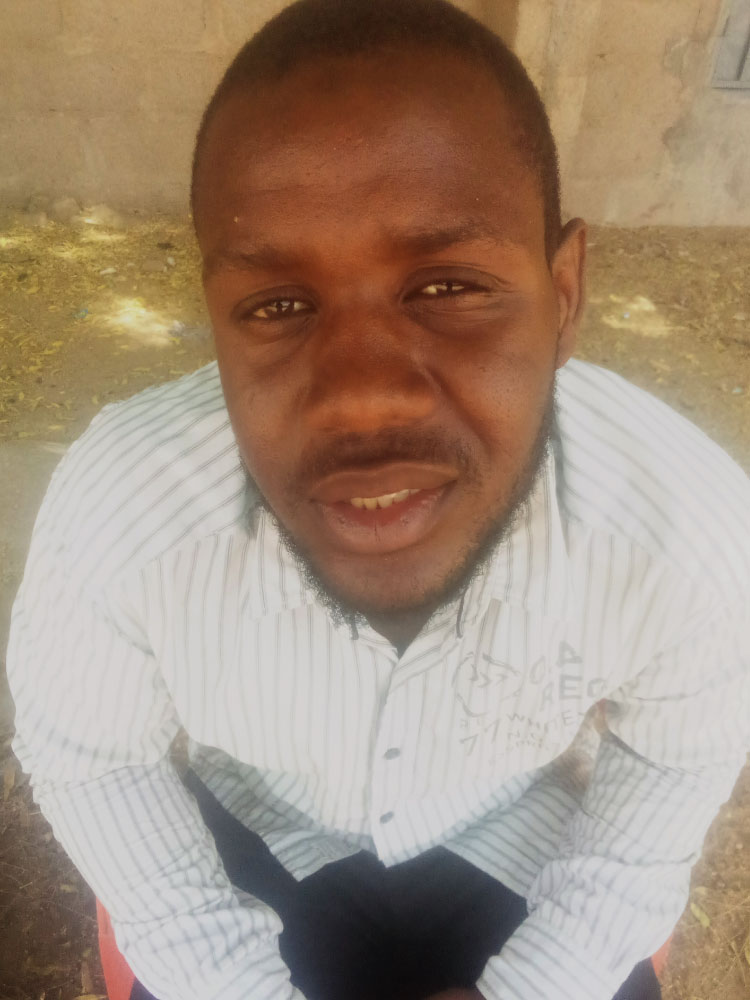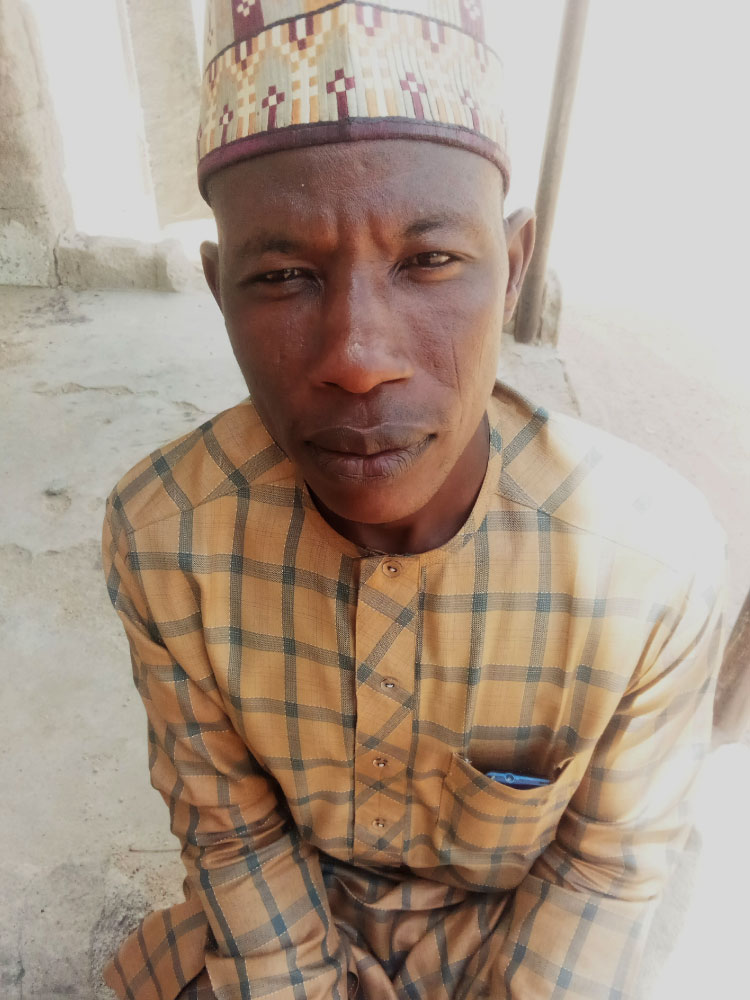Over the course of data collection, the team sought to reach out to all the members of the communities across the target LGAs to collect data on the missing persons. Over ninety (90.9) per cent of the respondents were residents in the communities, while 9.1 per cent stayed at displacement camps.
The fewer respondents in the IDP camps is attributed to the government closure of the camps, as many displaced persons are now moving into the communities. There is also difficulty accessing some of the camps in certain areas.



















One Response
This is a fantastic piece. It’s an eye-opener to the issue of missing persons in the Northeast.